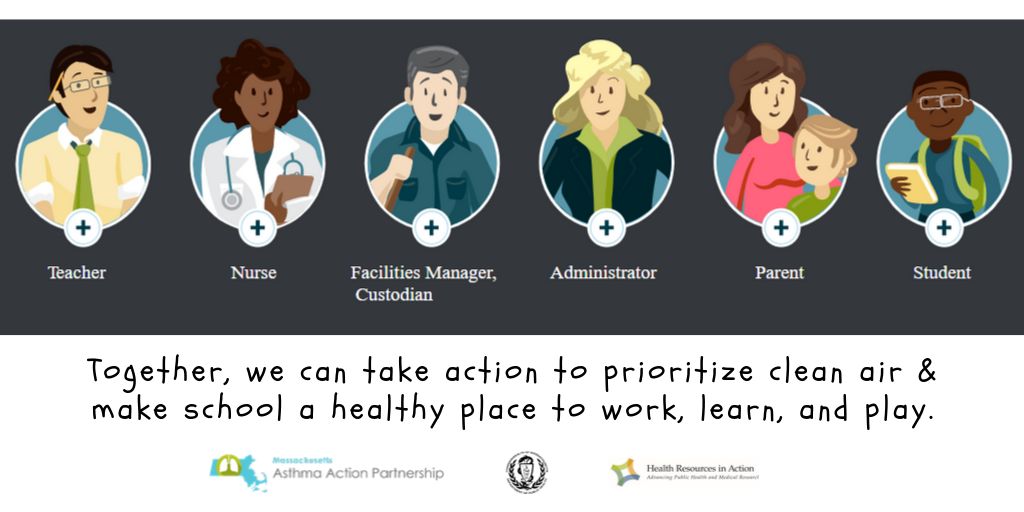Holyoke Schools Spotlight: Collaboration Between School Nurses and Custodians
/Nurses and custodians are perfect collaboration partners! Even before the pandemic, Cynthia Carbone, MEd, MSN, RN, Director of Health, Wellness, and Nursing for Holyoke Public Schools, and her nursing team worked closely with the facilities team and were looking at how school nurses could work more effectively with facilities management. They ramped this up during COVID – proving to be an invaluable asset to improving conditions for student and staff health within their schools.
Cynthia shared, “Custodians are everywhere in the building – and see things that nurses may not. So, to have a healthy school environment, school nurses and custodians need to interact daily. To help promote this, at the start of each school year the school nurses reach out to each member of the building’s custodial team, introduce themselves to new staff, provide contact information, and reacquaint themselves with returning custodians. Each nurse regularly meets with her lead custodian who is their go-to for facilities concerns. Likewise, nurses are available for consultation with the custodial team. During the pandemic, we created a multidisciplinary checklist for each positive COVID case in the district, and the nurse notified the building principal, custodian, and HR (for staff) and each had action steps to follow. The nurses and custodial staff regularly connect to discuss cleaning procedures and best practices to maintain a healthy school environment. The facilities team is constantly looking to improve practice and has done a lot of work around green cleaning. They are always willing to share information and demonstrate products for the nurses.”
Cynthia continued, “This has been possible because of the generous spirit of our facilities team and their willingness to actively collaborate with health services. The custodial team is our go-to for setting up and conducting our annual flu shot clinics for staff and multiple COVID vaccine clinics that we have held since the spring of 2021. The facilities team members have regularly presented at our school nurse meetings and Districtwide School Community Health Advisory Council. They have spoken about COVID-19 management concerns and mitigation strategies, cleaning products, ventilation, air quality, and other environmental health issues. In turn, I am invited to Senior Custodian meetings to discuss topics of concern or interest. These actions have helped us to build strong relationships and practices. We see our roles as interdependent in keeping schools safe and healthy for students and staff.”
This year, schools face an unusually high flu season, as well as possible COVID resurgences, but Cynthia stated that she’s confident in her team’s ability to tackle this, and much more.
We applaud Holyoke for taking this collaborative approach!
From left to right: Brian Harris, Facilities Manager, and Cynthia Carbone, Director of Health, Wellness, & Nursing








